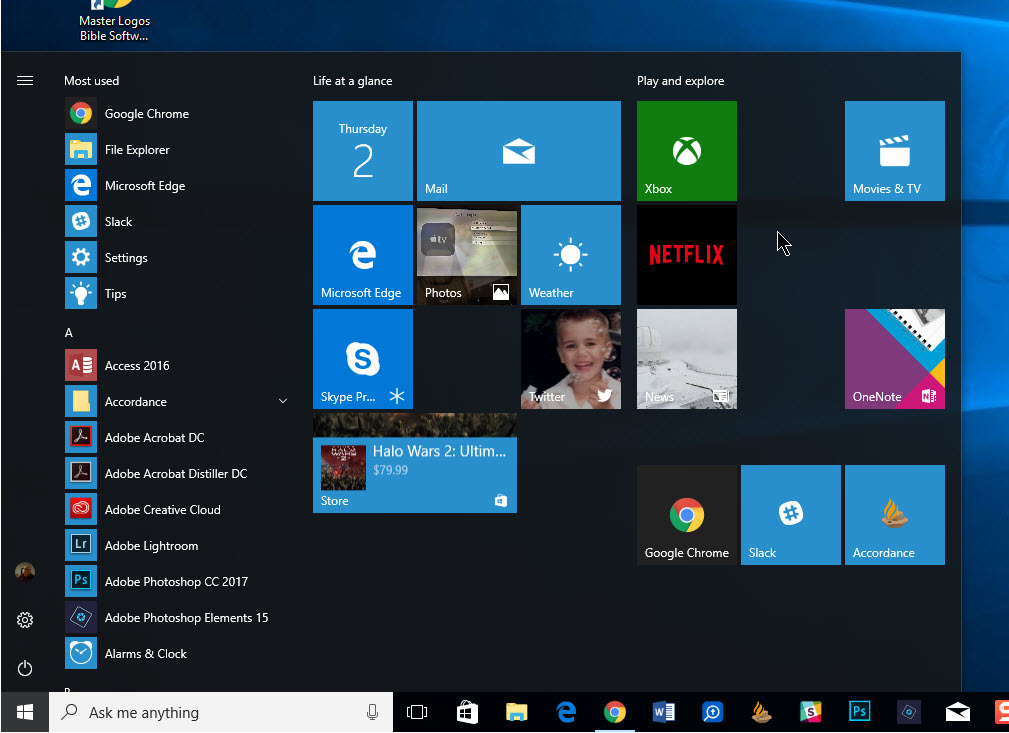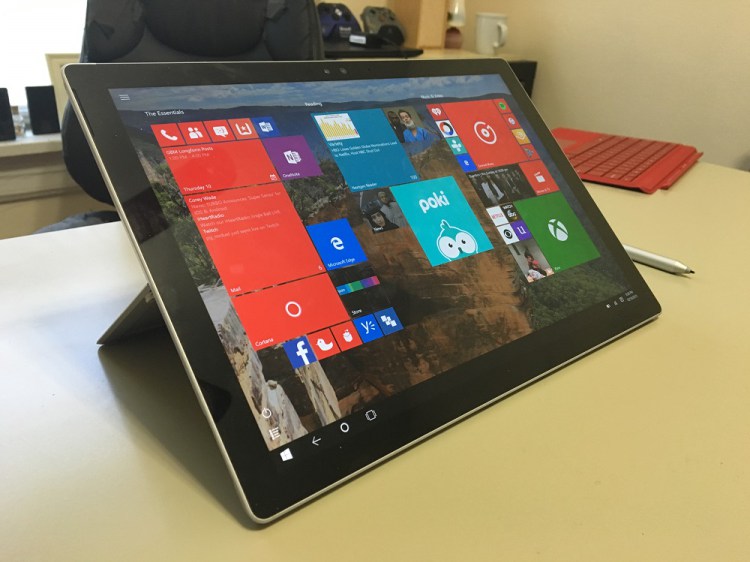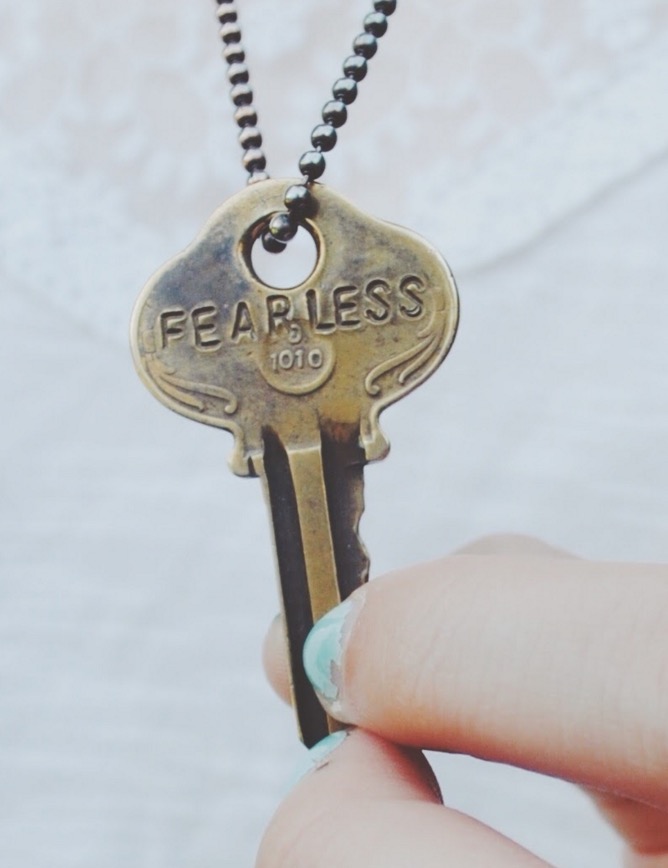This is a submission to the HP Magic Giveaway by Notebooks.com reader Shan Gee. If you’d like to enter the contest, please click here and finish your entry by noon PT on 12/12/08.
As a new Windows Vista PC/notebook user you will need to be prepared to deal with the amount of memory Windows Vista uses up. It is critical for you to know how to keep your PC in good shape and optimize your computer so it can run fast. I will share some tips in this article which I’ve been using on my Vista computer.
I hope this article is useful for someone new to the Windows Vista operating system.
1. First you need to get rid of all the Startup items that you don’t need. Windows Vista automatically starts
programs that you’ve chosen to start up when you start your computer. This slows down the amount of time it takes for your computer to start. I have nothing besides TaskScheduler and Windows Defender in my startup. I’ve removed all the other startup items and my computer started up noticeable faster.
In order to remove unnecessary startup programs, you will have to launch the System Configuration utility. Go to the Start menu by clicking on the Vista orb in the taskbar, then type in “msconfig” in the Search box. This will launch the System Configuration utility. Click on the tab which says “Startup”. Take a look at all the Startup items listed and uncheck the items that you don’t need. Once you’ve unchecked al the unnecessary startup items, just click on “Apply” and “Ok” to confirm your changes. Restart your computer for the changes
to take affect.
2. It is important to keep your desktop organized. Having a large amount of icons and programs on your desktop can make your computer load slow. Try to make folders and label each folder appropriately. Group all your documents and software and place them in the proper folders.
3. Use the Disk Cleanup utility to free up extra space on your computer. You can find this utility in the Accessories/System Tools menu. This utility will scan your computer and find temporary files and other unneccessary files that are taking up space on your computer. Select the files that you don’t need and click on “Okay” to delete these files. You can free up more space by clicking on the “More Options” tab and uninstalling all the programs that you don’t need.
4. Use the Disk Defragmenter tool in Accessories/System Tools menu to defragment your computer. Usually this is automatically done by default but just in case it’s not you can launch the Disk Defragmenter tool to defragment your hard disk manually.
5. Use Windows Update to keep your software up to date. Windows Update is automatically enabled on your Windows Vista OS but you have to manually select the updates you want to install.
You should always check for updates and install the recommended updates to keep your computer secure and stable.
6. If you don’t use the Windows Sidebar then close it. Closing the sidebar will save up some memory and allow you to use that memory for other processes.
7. Be prepared for viruses if you download a lot. Download firewall software like McAffee to protect your computer from viruses and other threats. Make sure you
scan files that you download from untrusted websites before you open them.
8. Windows Vista has a Readyboost feature that allows you to use the memory on certain USB flash drives to speed up your computer. If you have a USB flash drive you can enable Windows Vista
Readyboost on it and use it’s memory to speed up your computer. After testing this with a 1GB Sandisk Cruzer, Windows Vista Readyboost made my computer run noticeabley faster.
9. Set your Windows Vista password to a secure password. If someone stole your PC or notebook they could find readily available software to hack in to your computer. Make sure you use a good password
to protect your account. Using an eight character password with a combination of letters, numbers, and special characters will make your account very secure.
10. If you’re a notebook user and you use WiFi, turn off the WiFi whenever you’re not using your notebook. This will save you battery time and allow you to use your notebook for a longer period without having to recharge your notebook. Adjusting the brightness on your screen, and muting the volume also helps with saving power. You can also go to Control Panel and click Power Options. Choosing the “Power Saver” plan will really save you a lot of energy.
There is a lot more that can and should be done with Windows Vista, but I just wanted to compile a top 10 list and post it up here. If any Windows Vista user here has any more tips please feel free to share them with the rest of the community.


